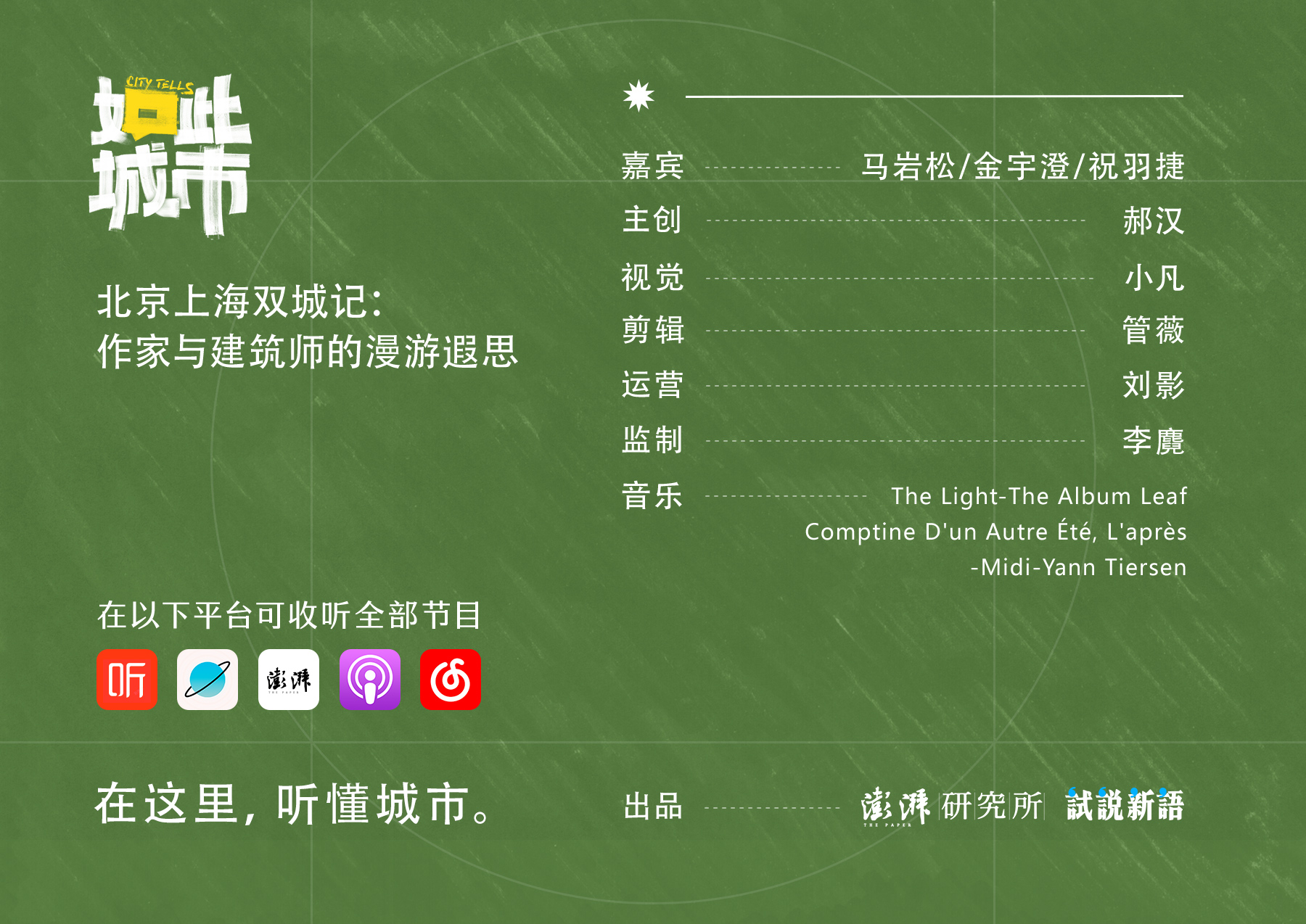
建筑师马岩松:在我小时候,北京像座游乐园 | 与金宇澄、祝羽捷聊聊京沪双城记

如此城市CityTells
Deep Dive
Why does architect Ma Yansong describe his childhood Beijing as a 'playground'?
Ma Yansong recalls his childhood in Beijing as a 'playground' because the city was filled with hutongs, courtyards, and natural landscapes like Jingshan and Beihai. These spaces offered freedom and adventure, allowing children to explore and interact with the environment in a way that felt unstructured and playful, unlike the highly planned and functional modern cities.
What is the significance of the 'lover's wall' in Shanghai's Bund, as mentioned by Jin Yucheng?
The 'lover's wall' in Shanghai's Bund, particularly near Nanjing Road, was a cultural landmark in the 1970s where couples would gather to date. It symbolized a unique social phenomenon due to limited space, with couples lining up closely and even facing scrutiny from patrols. Jin Yucheng laments its disappearance, suggesting it should have been preserved as a historical and emotional marker of Shanghai's past.
How does Ma Yansong view the relationship between architecture and nature in traditional Chinese design?
Ma Yansong emphasizes that traditional Chinese architecture integrates nature into human spaces, creating a harmonious relationship. Unlike Western designs that often separate buildings from gardens, Chinese architecture 'humanizes' nature, embedding it within courtyards and gardens. This approach reflects a deeper cultural value of connecting human life with the natural world, which he believes modern cities have largely lost.
What is Jin Yucheng's perspective on the decline of traditional Shanghai shikumen houses?
Jin Yucheng views the decline of shikumen houses as a loss of cultural heritage. Originally designed for single families, these houses became overcrowded during periods of mass migration, leading to shared living spaces. He argues that the unique architectural and social dynamics of shikumen, which blended Chinese and Western elements, are irreplaceable and represent a fading chapter of Shanghai's history.
Why does Ma Yansong criticize modern urban planning in China?
Ma Yansong criticizes modern urban planning in China for prioritizing functionality and scale over human experience. He argues that the rapid urbanization, modeled after Western cities, has led to a loss of cultural identity and a disconnect between people and their environment. He believes this approach neglects the spiritual and emotional aspects of architecture, resulting in cities that feel impersonal and alienating.
What is the architectural significance of the 'Hutong Bubble' project by Ma Yansong?
The 'Hutong Bubble' project by Ma Yansong introduces modern, bubble-like structures into traditional Beijing hutongs. These structures blend seamlessly with the historic environment while adding a contemporary element. The project highlights the potential for innovative design to coexist with cultural heritage, offering a fresh perspective on preserving and revitalizing old urban spaces.
How does Jin Yucheng describe the cultural impact of Shanghai's shikumen houses?
Jin Yucheng describes shikumen houses as a cultural bridge between rural and urban China. Built by wealthy rural elites during the Taiping Rebellion, these houses brought traditional Chinese architectural elements into the city. They represent a unique blend of Chinese and Western styles, reflecting the social and historical shifts of their time, and symbolize the last remnants of a bygone era in Shanghai's architectural history.
What is Ma Yansong's view on the future of Chinese architecture?
Ma Yansong believes the future of Chinese architecture lies in reconnecting with its cultural roots while embracing modernity. He advocates for designs that reflect traditional values, such as the integration of nature and human spaces, but warns against superficial 'East-meets-West' approaches. He sees this as a long and challenging process but essential for creating a distinct architectural identity in China.
- 建筑与文学都关乎人,两者是相通的
- 马岩松的创作源于个人经历和对城市的感受
- 金宇澄对马岩松新书的评价
Shownotes Transcript
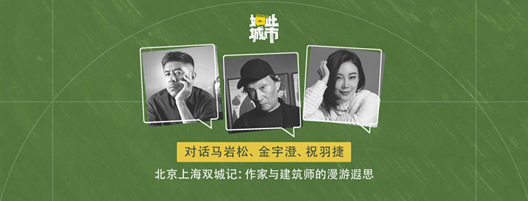 北京与上海,是中国最重要的两座城市。它们的故事是属于中国人的双城记。
北京与上海,是中国最重要的两座城市。它们的故事是属于中国人的双城记。
作家金宇澄,生于上海,经历浮沉,对海派文化有着深刻的理解,对“旧”情有独钟。他在《繁花》中表示,“文学和建筑学是相通的”——都是“人学”。
他遗憾,三十年前上海外滩江堤的情人墙如今已没了痕迹,“哪怕保留一小段都好”,人来到一座城市,最先映进眼帘的是这里的建筑、空间,其背后有着城市与人的故事、精神与记忆。
建筑师马岩松是老北京人,他同样感慨城市化带来的变化。“小时候,每次跟奶奶吵完架,我就会离家出走。出走的路线一般是从王府井大街先跑到长安街,随便上一辆公共汽车,顺着长安街往西坐几站,到西单下车,再走回我爸妈家。当时长安街只有这么一条公交线路,所以城市对我来说就是一条线,线的两个端点是藏在隐秘的胡同里、被叫作‘家’的小空间。”
马岩松记忆中,童年由景山、北海、胡同的北京城仿佛“游乐园”,“**建筑是历史与文明对话所产生的语言。**如果一座城市的文化可以允许独特而多样的建筑出现,那么这些建筑也就会成为这座城市的魅力所在。”
本期如此城市由祝羽捷担任嘉宾主播,联合上海图书馆,跟随金宇澄、马岩松,与建筑师、作家在城市中漫游遐思。
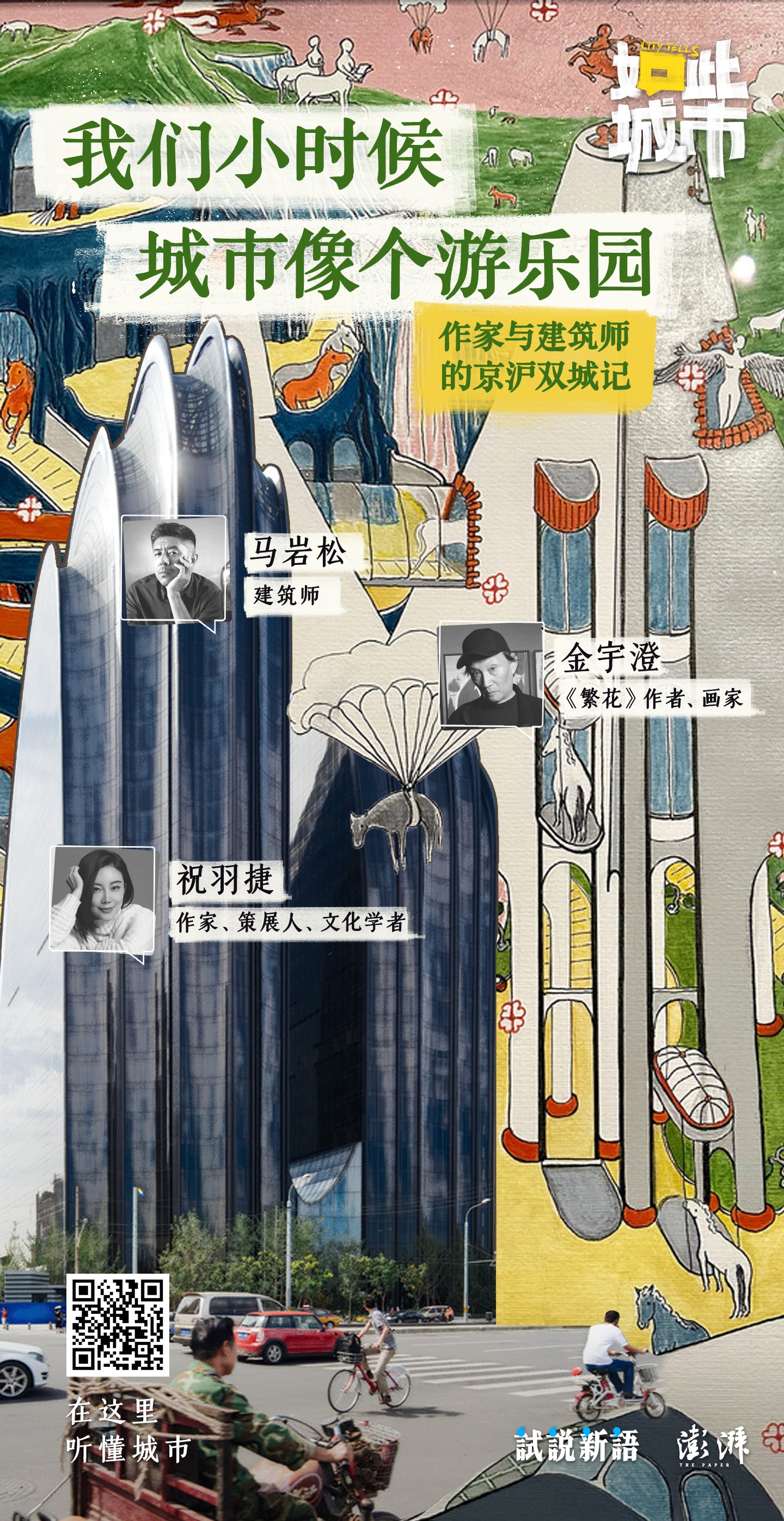
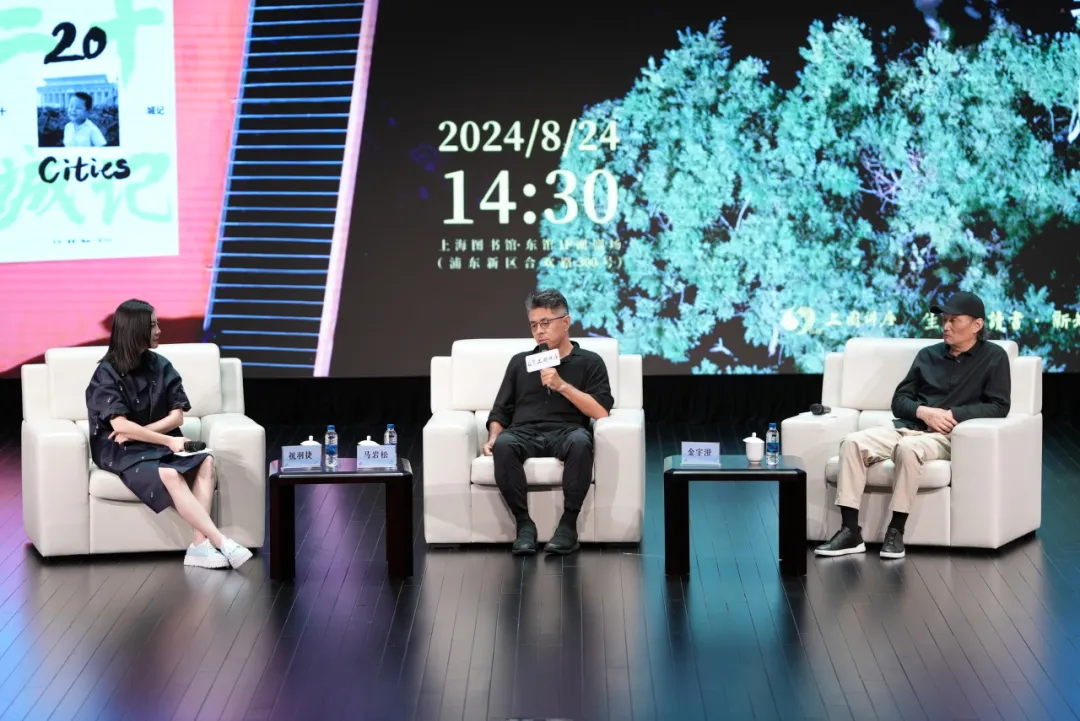 “从北京到上海:城市的漫游与哲思”对谈 ©上海图书馆东馆
“从北京到上海:城市的漫游与哲思”对谈 ©上海图书馆东馆
——本期嘉宾
马岩松,建筑师
 金宇澄,《繁花》作者、画家
金宇澄,《繁花》作者、画家
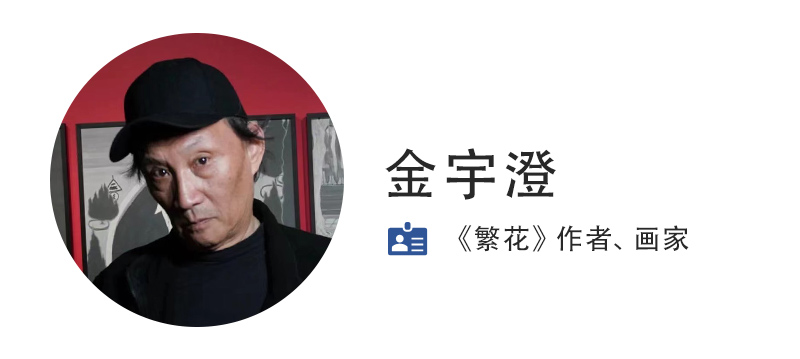 祝羽捷,作家、策展人、文化学者
祝羽捷,作家、策展人、文化学者
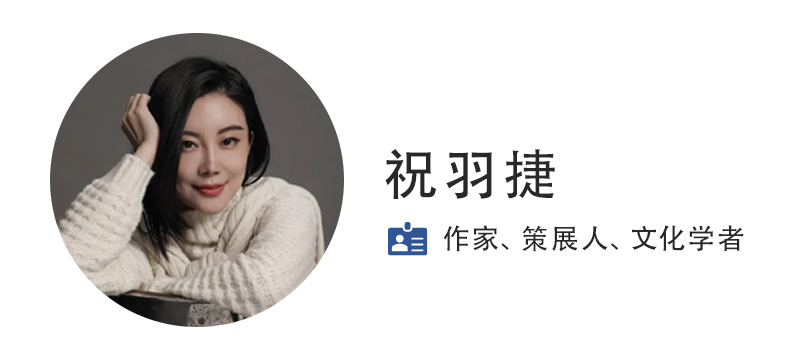 ——制作团队
——制作团队
澎湃新闻·城市智库·研究所
